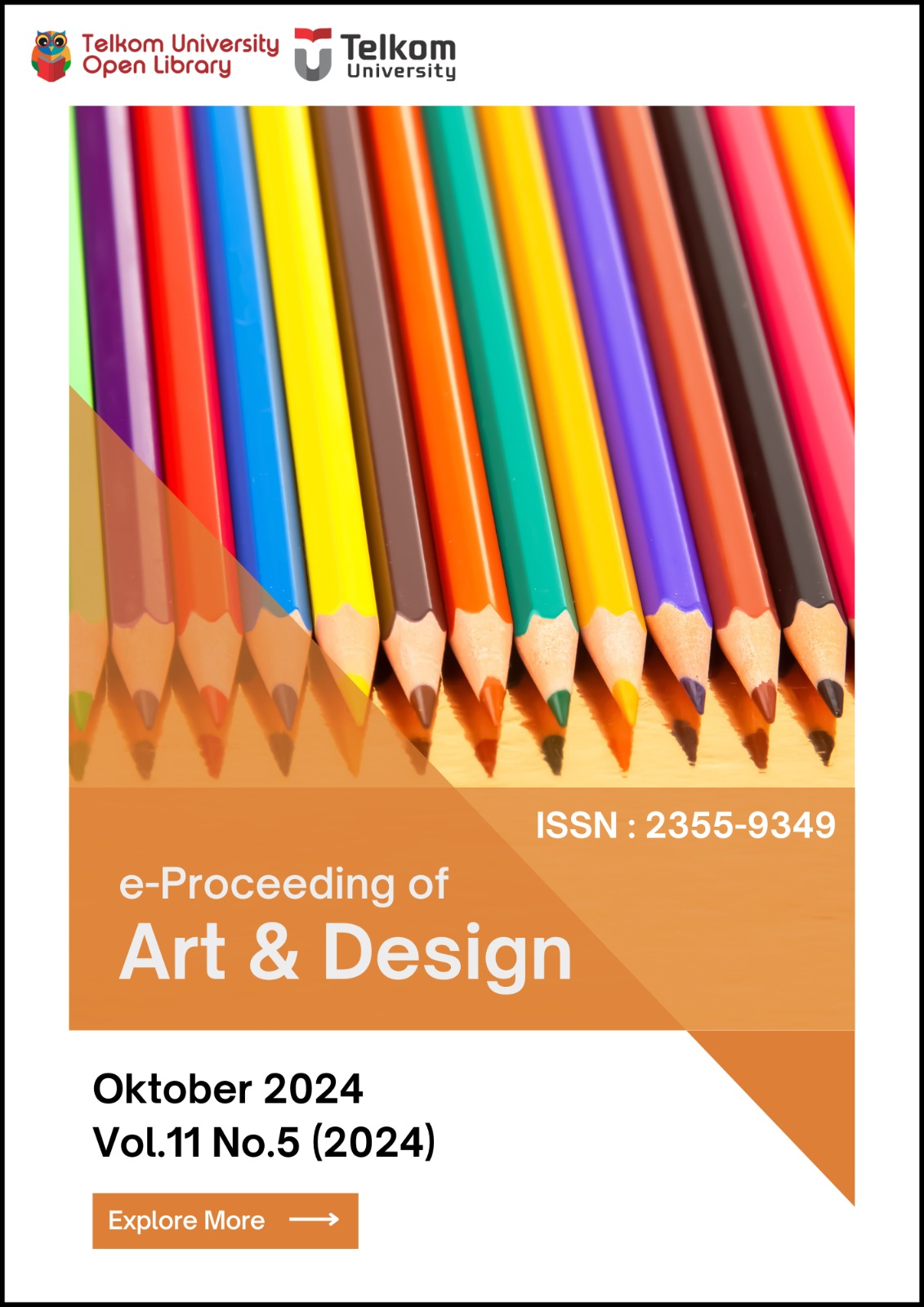Designing a Concrete Coworking Space in Bandung Using a Brand Identity Approach
Abstract
Coworking spaces are co-working spaces that combine elements of informal and creative spaces, enabling a more dynamic collaboration. The design of co-working space in Bandung aims to create a workspace that is not only a place to rent, but also a place to connect, create, and collaborate. Data collection methods include interviews with co-working managers who are used as comparative studies, direct observation of three co-working spaces, as well as literature and precedent studies. Data analysis was conducted qualitatively descriptively, aiming to understand the co-working phenomenon in Bandung and formulate the appropriate design concept. The co-working phenomenon in each region depends on the characteristics of the region itself. Bandung, as one of the major cities in Indonesia known for its innovation and creative economy, is a strategic location for the development of co-working spaces. The design of this new co-working space in Bandung uses the <Concrete Space= brand identity approach that focuses on connection, creativity, and collaboration in accordance with its vision and mission. The design overcomes the problem of overlapping space usage with a more effective division of zones. Each floor is designed based on the characteristics of the brand's activities for specific functions, from collaborative workspaces, open and closed event areas, to private areas for rental offices. There are also collaboration booths for specialized collaboration in accordance with the brand's vision and mission. The brand identity approach is applied both externally and internally, through design elements such as shapes, colors, materials, and lighting that reflect the brand's characteristics.
Keywords: co-working space, brand identity, flexible, collaboration.
References
Andrianawati, A., & Yuniati, A. (2022). Integrasi branding dalam interior Warunk Upnormal. Waca Cipta Ruang, 8(2), 97-102. https://doi.org/10.34010/wcr.v8i2.6735
Avianti, R., Tris. (2015). UCCN: Bandung, Creative Cities Network. Retrieved from https://en.unesco.org/creative-cities/bandung
Haristianti, V., Kurniatai, F., & Syahriah, D. R. (2015). Kinerja ruang publik kampus ditinjau dari faktor attraction. Studi kasus: Lapangan Campus Center Timur ITB. Prosiding Temu Ilmiah Ikatan Peneliti Lingkungan Binaan (IPLBI), 95-100.
Imani, N., & Shishebori, V. (2014). Branding with the help of interior design.
Keller, K. L. (2000). The brand report card. Harvard Business Review, 78(1), 147-158.
Kurnianingtyas, A. P. (2023). Coworking space sebagai alternatif infrastruktur perkotaan di era industri 4.0. Open Access Indonesian Journal of Spatial Planning, 4(2). Retrieved from http://journals.usm.ac.id/index.php/ijsp
Miftah. (2016). Kota Bandung masuk dalam jaringan UNESCO Creative Cities Network (UCCN). Retrieved from https://www.bandung.go.id/news/read/2722/kota-bandung-masuk-dalamjaringan-unesco-%20creative-cities-network-uccn
Nisrina, A., & Handoyo, A. (2021). Studi coworking space bagi milenial. Nature: National Academic Journal of Architecture, 8(2), 104-118.
Pemerintah Kota Bandung. (2022). Peraturan Daerah Kota Bandung Nomor 5 Tahun 2022 tentang Rencana Tata Ruang Wilayah Kota Bandung Tahun 2022-2042.
Raja, M. T., Sutyaningsih, I. S., & Oktaviani, M. D. (2022). Identifikasi persepsi masyarakat terhadap penerapan identitas visual pada elemen interior coworking space digital valley. Jurnal Arsitektur ARCADE. https://doi.org/10.31848/arcade.v6i1.808
SA, Dwi Retno. (2002). Office interior design: Pengertian kantor berdasarkan fungsi. Retrieved from http://staffnew.uny.ac.id/upload/132259217/pendidikan/Office+Planning.pdf
Surbakti, R. T., & Danil, L. (2020). Analisis peluang dan tantangan industri coworking space studi kasus: Co&Co Working Space Bandung. Manners, 3(1).






